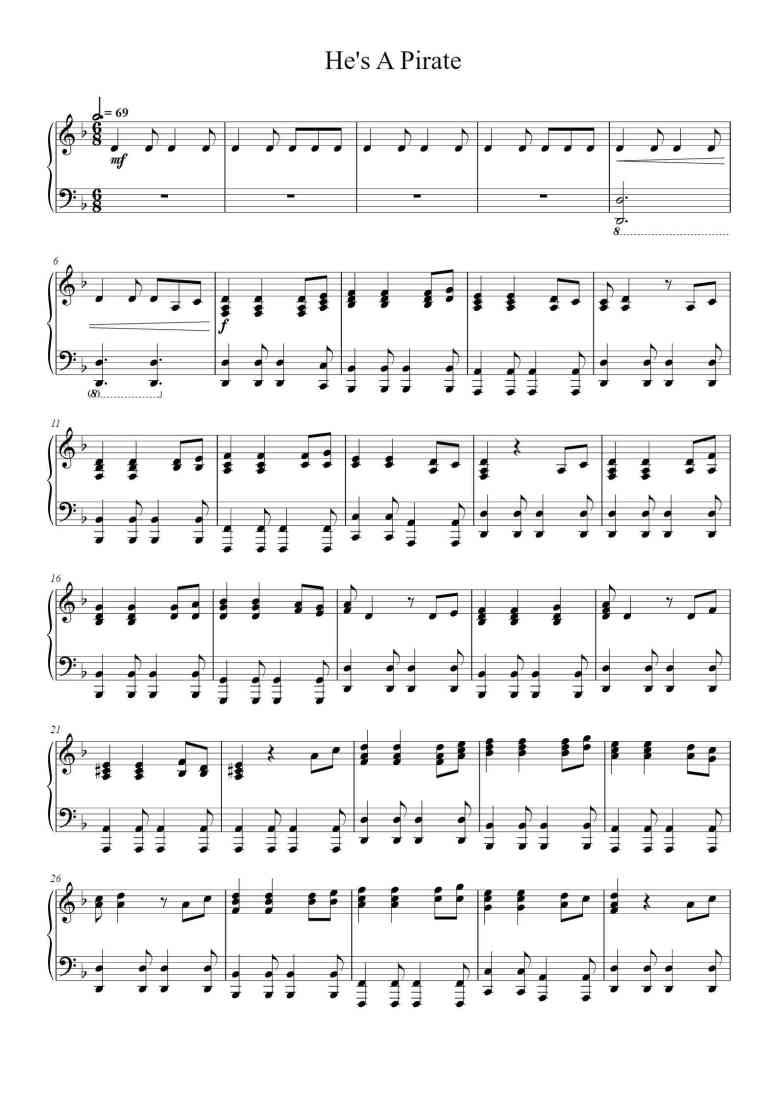1 / 1
He's a Pirate - Klaus Badelt - Carldith Saxdunn
무료 피아노 악보
이 플랫폼의 리소스는 사용자에 의해 업로드됩니다. 지적 재산권이 침해된 경우, [email protected]으로 문의해 주세요.
About This Sheet Music
He's a Pirate, by Klaus Badelt
Piano Song Names: He's a Pirate
- ArtistKlaus Badelt
- Number of imitations:41
- GenreLatest
- KeyC Major
- Tempo120
- Pages1
- ArrangedKlaus Badelt
- ComposeKlaus Badelt
- IntroductionHe's a Pirate, Sheet Music is C Major, Composer by Klaus Badelt and Arr.Klaus Badelt,Suitable for all Users to play learning.
추천




